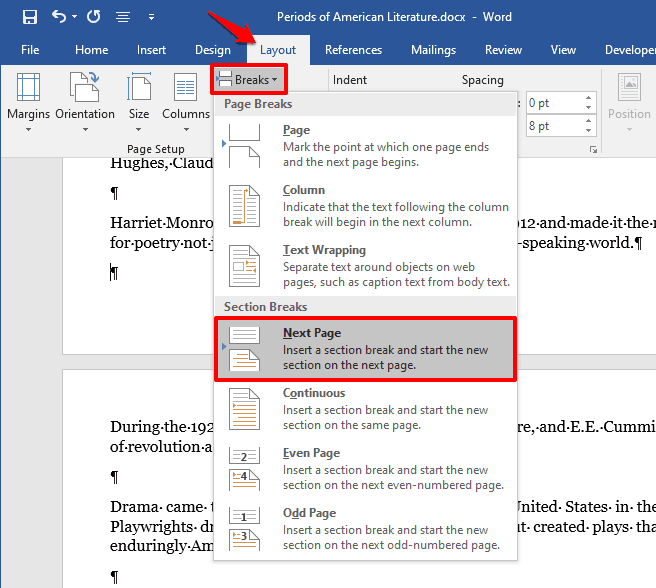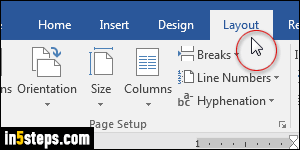

You're probably familiar with how to change the Font, colors, sizes, and how to apply the Bold, Italicized and underlined formats to your text. You can set up a range of formatting options before you begin editing your document to ensure the same structure and style is applied throughout, as well as using the same tools to edit your document when work is in progress. Layout: Page Setup, Paragraphs, and Arrange.If you want to change formatting again, put in another section break. Design: Themes, including colors and fonts, and Page Backgrounds Set up the formatting change just past the new section break.Insert: Tables, Illustrations, Media, Headers & Footers, Text Boxes, and Symbols.Home: Fonts, Paragraphs, and Styles, as well as Clipboard and Editing options.


We'll start with the Quick Access Toolbar Tabs you see immediately when opening a new Word document, with a focus on the Home, Insert, Design, and Layout tabs as they contain the bulk of the document customization tools you'll need. Customizing your document layout settings is easy, and we'll show you how to do it in Word 2013 and Word 2016.


 0 kommentar(er)
0 kommentar(er)
